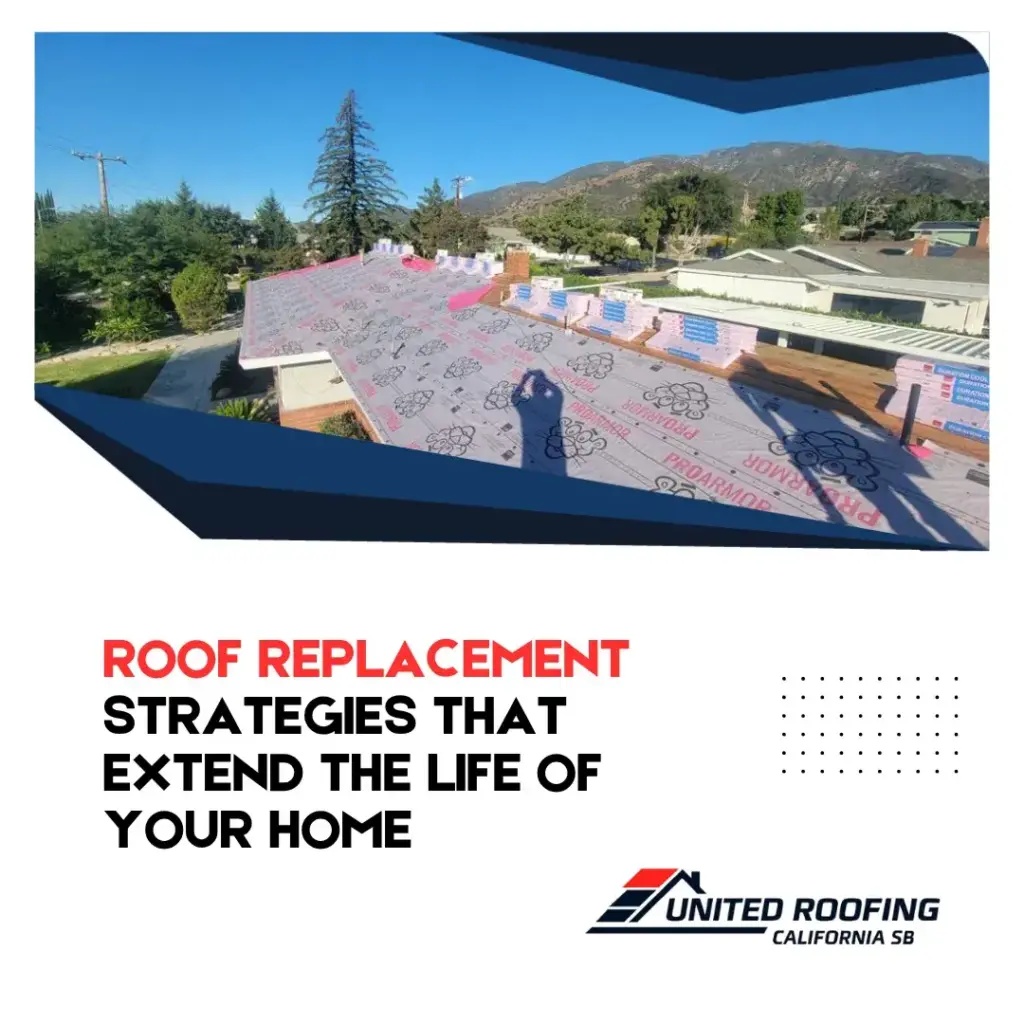Every homeowner knows the roof is one of the most vital parts of any structure. Yet, it’s also one of the most overlooked when it comes to maintenance planning. Implementing smart roof replacement strategies can significantly impact the longevity of your home’s exterior and its internal comfort. From material selection to installation timing, the right approach matters more than many realize.
Focus on Material Compatibility with Climate
Not all roofing materials perform equally in every environment. For example, asphalt shingles may work well in moderate climates but deteriorate faster in extreme heat. Meanwhile, metal roofing can reflect sunlight and endure temperature fluctuations better, making it ideal for regions with hot summers and cold winters. A professional evaluation of your local climate and how it interacts with roofing materials is a foundational step in any successful replacement plan.
Choose Expert Installation Over Quick Turnaround
Proper installation is just as critical as the material itself. A misaligned shingle or poorly sealed flashing may seem small but can lead to leaks, water intrusion, and premature wear. Trusting licensed contractors with verifiable experience ensures that your new roof is built to last. Poor installation practices shorten the lifespan of even the highest quality roofs, turning what should be an investment into a future problem.
Schedule Strategic Maintenance After Replacement
Many assume a new roof needs no attention for years, but this can be a costly misconception. Seasonal inspections and proactive maintenance—like clearing debris, checking for minor damage, and inspecting flashing—help catch small issues before they grow. These habits not only prevent repairs but also help extend the durability and performance of your recent roof replacement.
Ventilation and Insulation Go Hand in Hand
Proper attic ventilation and insulation aren’t just comfort features—they are critical components of your roofing system. Without adequate airflow, heat and moisture can build up beneath the roof deck, weakening structural integrity over time. Integrating roof replacement with insulation upgrades helps stabilize indoor temperatures, reduce stress on roofing materials, and support the long-term health of your home’s envelope.
Learn More

